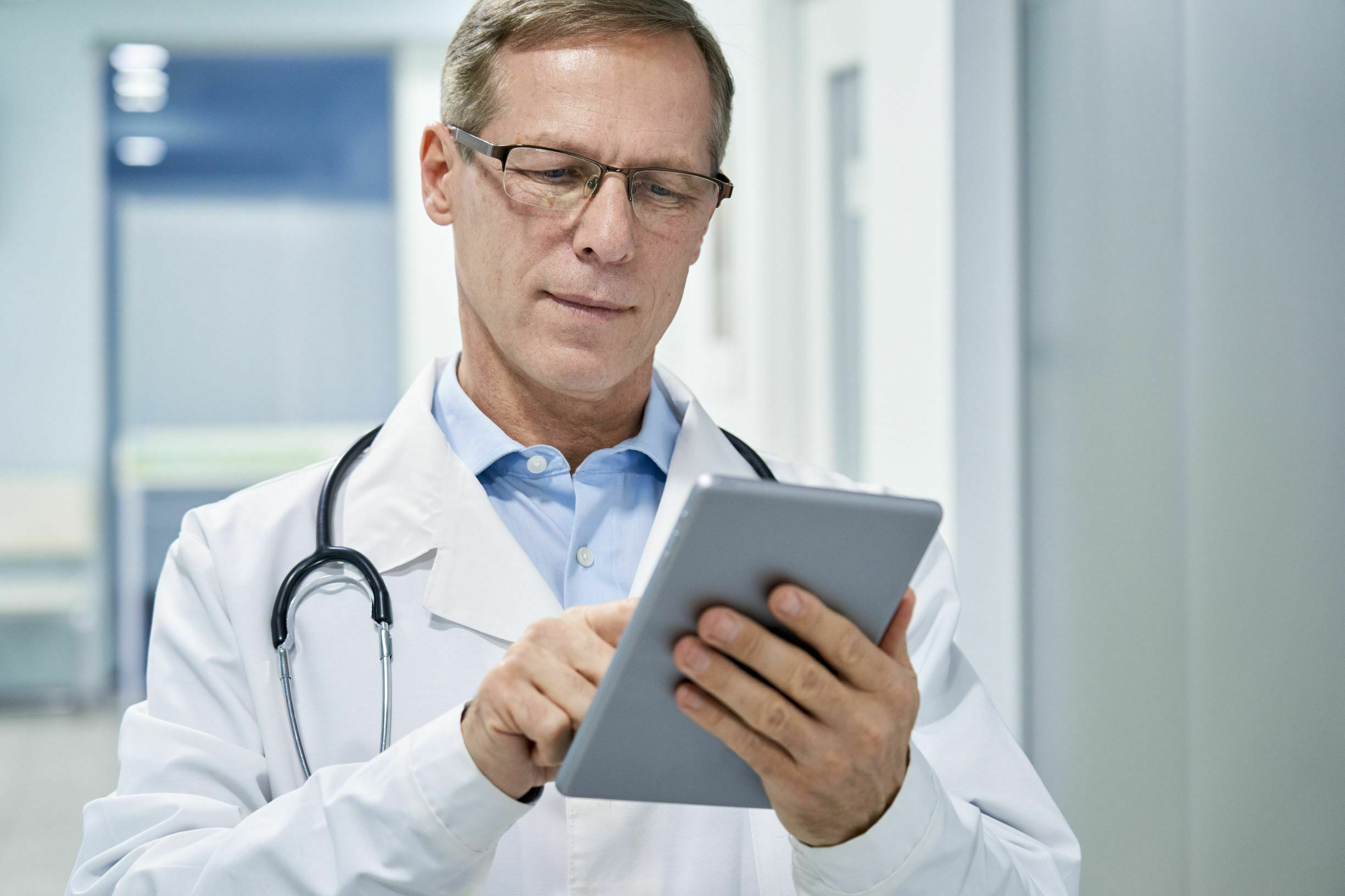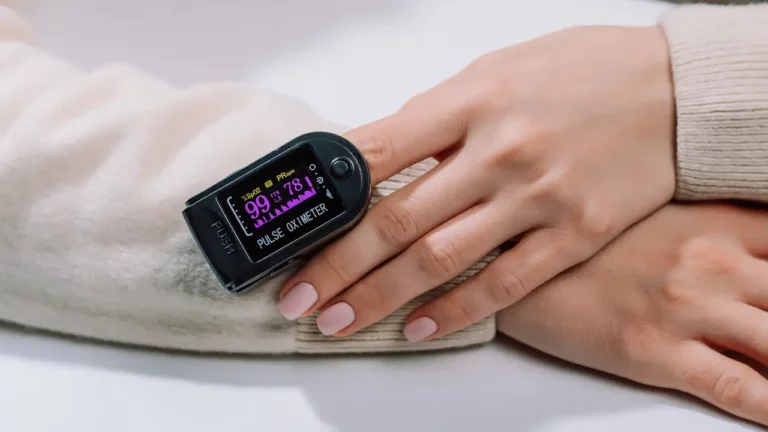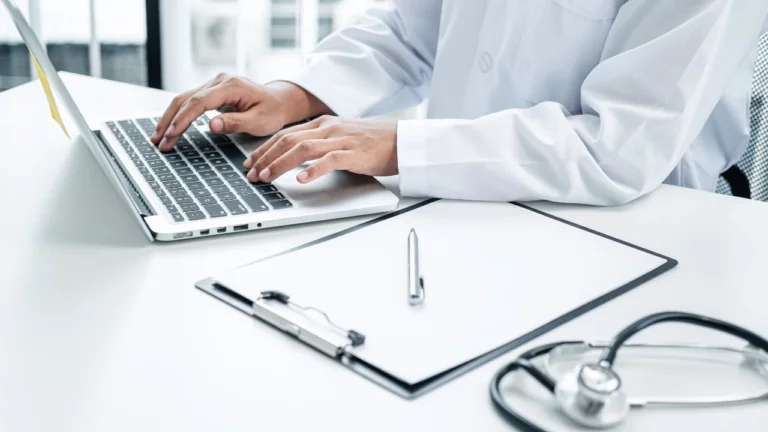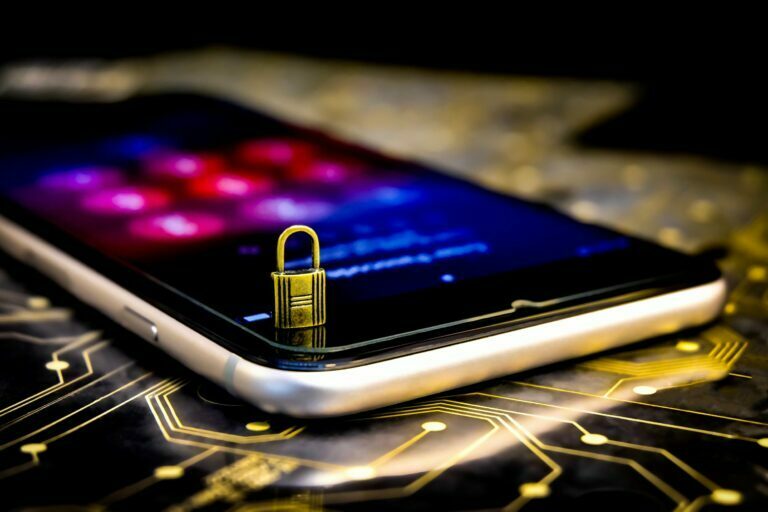Remote patient monitoring is connecting Americans to health care. It is one of the most significant telehealth modalities during the COVID-19 epidemic. Telehealth usage increased by 50% alone during the first quart of 2020 and by 154% in the last week of March 2020 alone compared to the same time in 2019, according to the Centers for Disease Control and Prevention (CDC). While telehealth was a crucial tool in maintaining connections during the pandemic with health providers, doctors who treat patients over a video lack data that would normally be obtained in person. Remote patient monitoring devices allows doctors to collect this significant information in close-to-real or real time, while still checking on patients remotely, by monitoring blood oxygenation, heart rate, temperature, respiration rate, blood pressure, and more.
Integrating RPM into Day-to-Day Healthcare of Americans
Remote patient monitoring is breaking new ground with the advent of COVID-19 and the support of the federal government. Independent practitioners have begun to employ RPM not only to help their patients’ health and safety, but also to generate much-needed revenue during these challenging circumstances. In order to make RPM part of everyday healthcare practice, here are some factors to consider in choosing the right partner.
Easy-to-use technology for patients and providers
It is critical to provide intuitive equipment and user interfaces to both patients and clinicians, as well as proper guidelines for troubleshooting when necessary. Patients should be able to quickly understand and utilize the medical equipment or app, and clinicians should be able to easily explain it to them. The patient data collected by remote monitoring should be easy to track and evaluate.
Seamless clinician workflow
Given the significant administrative burden that clinicians already bear especially during the pandemic, remote patient monitoring solutions that integrate seamlessly into their work processes are very important. AI-driven RPM that provides holistic picture of the patient’s health condition helps in easing clinician workflows.
Patient data security
Next-gen RPM partners provide solutions and technologies that prioritize patient data protection. This entails developing and deploying technology platforms that take advantage of the most recent advancements in technological and data-transfer security, such as numerous data encryption approaches, thorough system testing, and other related factors. Choosing an RPM vendor that is security-focused and HIPAA-compliant entails establishing a healthcare delivery system that incorporates patient data protection, thereby guaranteeing patients of the confidentiality of their sensitive data. And this can be essential in ensuring the level of patient engagement required to unleash the potential for improvement for which telemedicine is gaining greater recognition.
Bridging the digital divide in healthcare
92% of all Americans own smartphones, and many are willing to utilize them instead of going to the doctor. However, some of the patients, especially the elderly, are not adept at using mobile applications. With next-generation RPM, advances in broadband-enabled health technology are now allowing patients to receive care wherever they are through remote patient monitoring apps accessed via smartphones, tablets, or other devices. For both patients and providers, this connected health technology can lead to improved health outcomes and significant cost savings.
Takeaway
Remote Patient Monitoring is connecting Americans to health care, making it possible to obtain health data in various locations and times– allowing doctors to monitor their patients continuously even outside the clinical environment. This cutting-edge technology focuses on proactive and preventive care while giving individuals flexibility to manage their own health every day.
To know more about Remote Patient Monitoring, check this RPM Comprehensive Guide.








